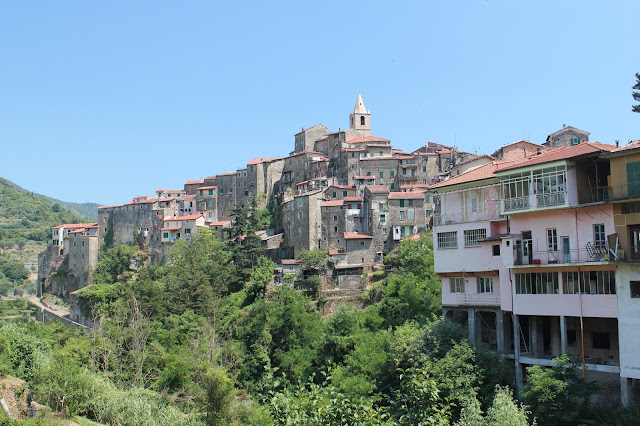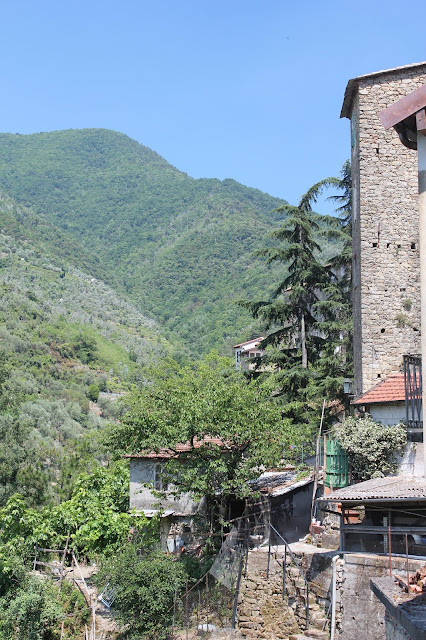"The Golden Temple"/"Golden pavilion" or Kinkaku-Ji is one of Japan´s best-known sights.
Any trip to Japan should include both Tokyo and Kyoto. We chose to spend 4-5 days in each city. Kyoto is said to be the place to go to see what Japan is all about.
The city has ancient temples, colorful shrines and sublime gardens.
According to Lonely Planet Kyoto is even the place where the Japanese go to learn about their own culture.
Kyoto has 17 Unesco World Heritage Sites, more than 1600 Buddhist temples and over 400 Shinto shrines. It is one of the world´s most culturally rich cities.
Population: 1,47 million.
Kyoto receives close to 50 million domestic and international tourists a year.
The area of Kyoto called Northern Higashiyama is one of the city´s richest areas for sightseeing. You can take the metro up here and walk around for hours.
This red-brick aqueduct inside the Nanzen-Ji temple area is so picturistic.
Nanzen-Ji and the surrounding area is among the temples you must visit.
The Ginkaku-Ji tempe lies at the end of the Tetsugaku-no-michi (the Path of Philosophy). The Path of Philosophy is a pedestrian path that runs along a canal near the base of the Higashimaya.
Lots of Hortensia´s at the hotel. I guess somebody was having some sort of celebration!




























































